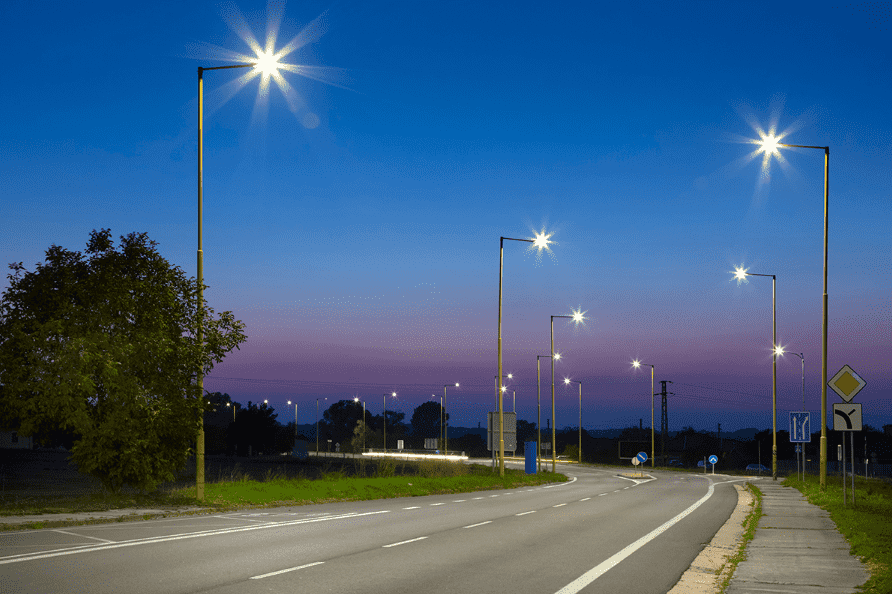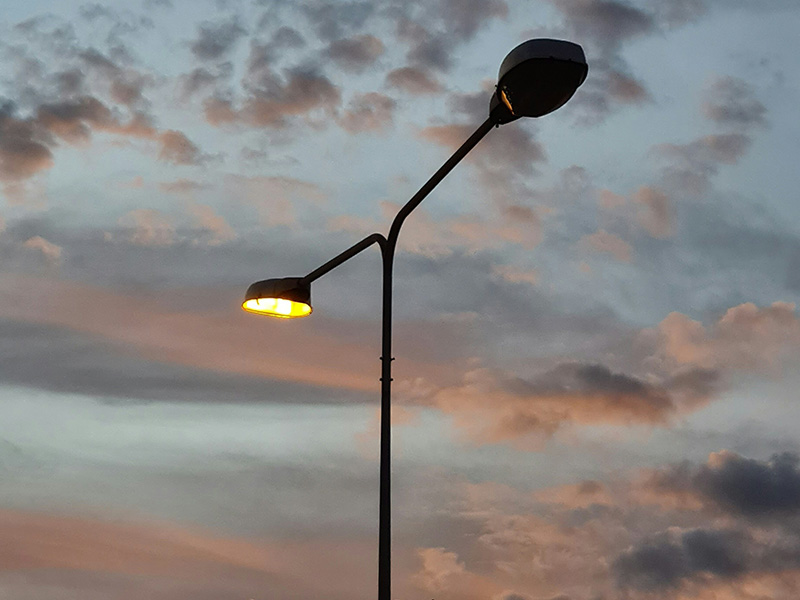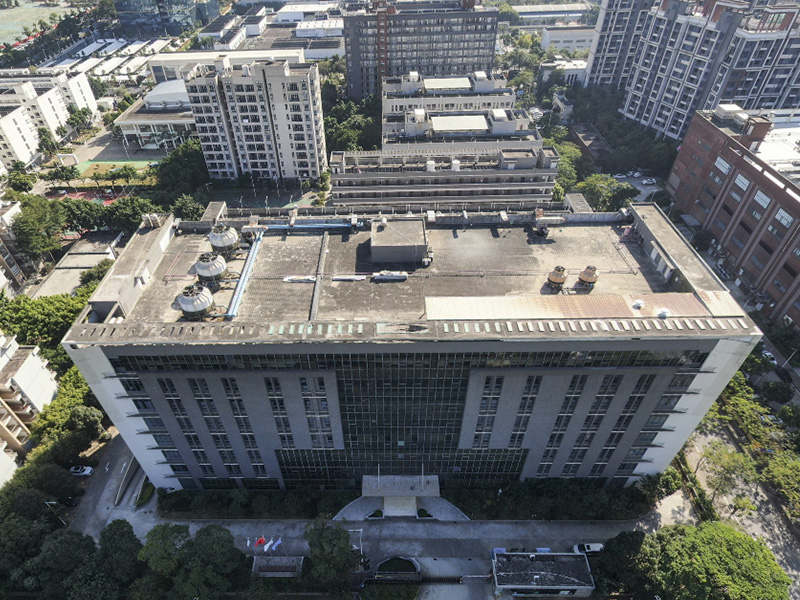Street lighting is a vital component of road infrastructure that significantly enhances the safety of nighttime travel. By providing an improved visual environment, street lights allow drivers to detect traffic jams, road hazards, and potential dangers from a distance, enabling timely and appropriate actions. Studies have shown that enhanced roadway visibility at night can substantially reduce the number of fatal car accidents and pedestrian injuries.
Benefits of Street Lighting Beyond Driving
Street and road lighting, which constitutes the majority of public illumination, offers a wide range of benefits beyond just aiding drivers. Illuminating streets and outdoor traffic areas increases the risk of detection for criminal activities, thereby fostering a sense of security and boosting pedestrian confidence. This improved public safety can stimulate the evening economy by attracting more people to business districts. Additionally, street lighting can enhance the visual appeal of architectural elements and streetscapes. With the advent of the Internet of Things (IoT), there is a growing trend to transform street lights into network nodes that can receive, collect, and transmit data, further contributing to smart city initiatives.
LED Street Lights and Smart City Integration
A well-designed roadway system with a significant number of LED street lights ensures visibility for both vehicles and pedestrians while potentially providing environmental data to smart city platforms. LED street lights are semiconductor-based lighting systems that are highly energy-efficient, reliable, and visually appealing. These lights play a crucial role in making road systems safer for use after dark.
Components of LED Street Lights
When discussing street lighting technology, we typically refer to the luminaire attached to a street light pole, such as a davit-style, truss-style, or mast-arm pole. The standard components of a street light include:
- Housing: Provides stability, security, and heat dissipation for the internal components.
- Light Assembly: This can be a high-intensity discharge (HID) lamp, an LED light module, or occasionally a fluorescent lamp.
- Optical System: Manages light distribution to ensure proper illumination.
- Electrical Power Source: Regulates the power supply to the LEDs, providing the correct voltage for starting and operating them.
While LED street lights share a similar architecture with traditional street lights, the design and engineering principles are fundamentally different. LED street lights are built to optimize energy efficiency, durability, and performance.
LED Street Lights: Integrated vs. Retrofit Systems
There are two main types of LED street lights:
Retrofit LED Street Lights: These typically use self-driven LED bulbs with the same form factor as the HID bulbs they replace. They are often used for upgrading existing street light systems to LED technology.
Integrated LED Street Lights for New Construction: These are complete lighting systems with factory-assembled LED modules. An LED module is an assembly of LED packages mounted on a printed circuit board (PCB), often with an optical lens indexed to the PCB. Integrated LED modules offer several advantages:
- Efficient Thermal Dissipation: Reduces heat buildup, enhancing longevity and performance.
- Flexible Beam Control: Provides customizable light distribution for specific applications.
- Large Light Emitting Surface (LES): Ensures consistent and even light output.
- Uniform Light Distribution: Delivers better visibility and comfort for drivers and pedestrians.
- Compact System Design: Allows for streamlined and aesthetically pleasing fixtures.
Conclusion
LED street lights provide a safe, energy-efficient, and smart solution for modern roadways. By integrating advanced technologies and smart city capabilities, LED street lighting enhances safety, reduces energy consumption, and contributes to a more connected and sustainable urban environment.






